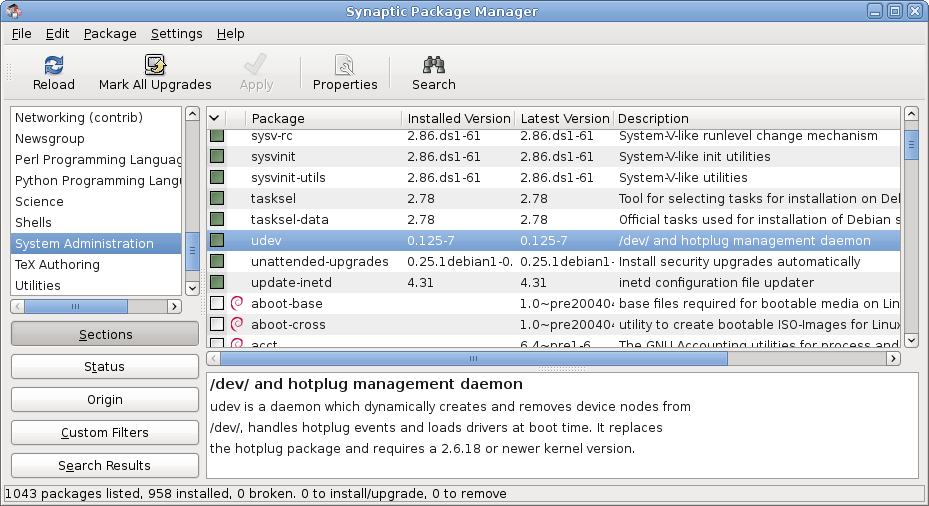|
Parallel Logic Radio Interface
PLRI (Parallel Logic Radio Interface) is a set of circuits of interest to radio amateurs Amateur Radio (hams). These circuits are fully compatible with IRLP ( Internet Radio Linking Project). IRLP is trademarked by Dave Cameron. The circuit shown below is the Deluxe PLRI interface, and is used to connect a radio to a PC using a parallel port and sound card. This circuit is fully compatible with the Version 3 IRLP board, and can be used in place of an IRLP board. This circuit allows negative or positive COS from the radio, and also supports negative or positive PTT keying. This circuit can be home built for roughly $20 US. This circuit can be used with several software packages, such as Asterisk, Allstar, app_rpt, IRLP, RtpDir, TheLinkBox, Echolink Taylor 2004 or as a repeater controller board under any of the supported Linux software packages. History Development on the prototype interface began in 2008. All of the PLRI circuits are original designs by Kyle Yoksh, K0KN, and th ... [...More Info...] [...Related Items...] OR: [Wikipedia] [Google] [Baidu] |
Amateur Radio
Amateur radio, also known as ham radio, is the use of the radio frequency radio spectrum, spectrum for purposes of non-commercial exchange of messages, wireless experimentation, self-training, private recreation, radiosport, contesting, and emergency, emergency communications. The term ''"radio amateur"'' is used to specify ''"a duly authorized person interested in radioelectric practice with a purely personal aim and without wikt:pecuniary, pecuniary interest"'' (either direct monetary or other similar reward); and to differentiate it from commercial broadcasting, public safety (police and fire), or two-way radio professional services (maritime, aviation, taxis, etc.). The amateur radio service (''amateur service'' and ''amateur-satellite service'') is established by the International Telecommunication Union (ITU) through their recommended radio regulations. National governments regulate technical and operational characteristics of transmissions and issue individual station li ... [...More Info...] [...Related Items...] OR: [Wikipedia] [Google] [Baidu] |
Magnifying Glass
A magnifying glass is a convex lens—usually mounted in a frame with a handle—that is used to produce a magnified image of an object. A magnifying glass can also be used to focus light, such as to concentrate the Sun's radiation to create a hot spot at the focus for fire starting. Evidence of magnifying glasses exists from antiquity. The magnifying glass is an icon of detective fiction, particularly that of Sherlock Holmes. An alternative to a magnifying glass is a sheet magnifier, which comprises many very narrow concentric ring-shaped lenses, such that the combination acts as a single lens but is much thinner. Use The convex lens of a magnifying glass can be used to produce a magnified image An image or picture is a visual representation. An image can be Two-dimensional space, two-dimensional, such as a drawing, painting, or photograph, or Three-dimensional space, three-dimensional, such as a carving or sculpture. Images may be di ... of an object. A magnify ... [...More Info...] [...Related Items...] OR: [Wikipedia] [Google] [Baidu] |
Echolink
EchoLink is a computer-based amateur radio system distributed free of charge that allows radio amateurs to communicate with other amateur radio operators using Voice over IP (VoIP) technology on the Internet for at least part of the path between them. It was designed by Jonathan Taylor, a radio amateur with call sign K1RFD. Taylor has been the system engineer and administrator since 2002. The system allows reliable worldwide connections to be made between radio amateurs, greatly enhancing amateur radio's communications capabilities. In essence it is the same as other VoIP applications (such as Skype), but with the unique addition of the ability to link to an amateur radio station's transceiver. Thus any low-power handheld amateur radio transceiver which can contact a local EchoLink node (a node is an active EchoLink station with a transceiver attached) can then use the Internet connection of that station to send its transmission via VoIP to any other active EchoLink node, worldwid ... [...More Info...] [...Related Items...] OR: [Wikipedia] [Google] [Baidu] |
Package (package Management System)
A package manager or package management system is a collection of programming tool, software tools that automates the process of installing, upgrading, configuring, and removing computer programs for a computer in a consistent manner. A package manager deals with package format, ''packages'', distributions of software and data in archive files. Packages contain metadata, such as the software's name, description of its purpose, version number, vendor, checksum (preferably a cryptographic hash function), and a list of coupling (computer programming), dependencies necessary for the software to run properly. Upon installation, metadata is stored in a local package database. Package managers typically maintain a database of software dependencies and version information to prevent software mismatches and missing prerequisites. They work closely with software repository, software repositories, binary repository managers, and app stores. Package managers are designed to eliminate the n ... [...More Info...] [...Related Items...] OR: [Wikipedia] [Google] [Baidu] |
D-STAR
D-STAR (Digital Smart Technologies for Amateur Radio) is a digital voice and data protocol specification for amateur radio. The system was developed in the late 1990s by the Japan Amateur Radio League and uses minimum-shift keying in its packet-based standard. There are other digital modes that have been adapted for use by amateurs, but D-STAR was the first that was designed specifically for amateur radio. Several advantages of using digital voice modes are that it uses less bandwidth than older analog voice modes such as amplitude modulation and frequency modulation. The quality of the data received is also better than an analog signal at the same signal strength, as long as the signal is above a minimum threshold and as long as there is no multipath propagation. D-STAR compatible radios are available for HF, VHF, UHF, and microwave amateur radio bands. In addition to the over-the-air protocol, D-STAR also provides specifications for network connectivity, enabling D-STAR ... [...More Info...] [...Related Items...] OR: [Wikipedia] [Google] [Baidu] |



